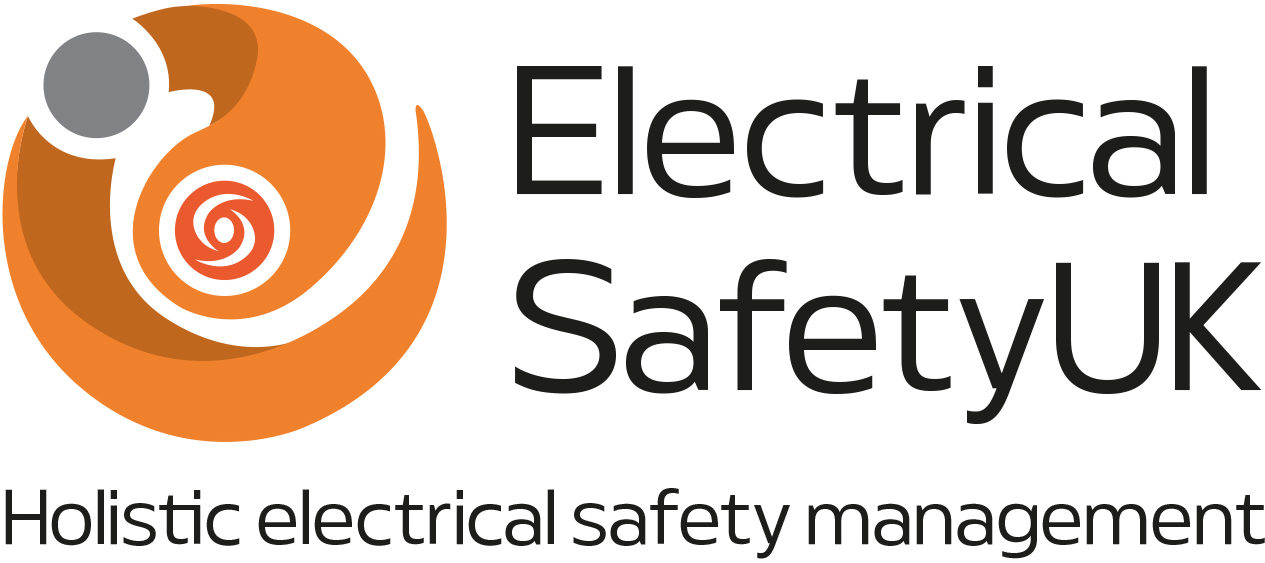Working on or near live electrical systems is a rare safety-critical task that demands the utmost caution and adherence to safety protocols. Understanding the risks and implementing proper safety measures is essential to prevent accidents and ensure a safe working environment.
So how do we define “Live Working”?
“Live” could be defined as: “At a voltage either by being connected to a source of electricity and/or being electrically charged.”
“Live Working” could be defined as ” any work activity on or near Live electrical conductors that are not suitably covered with insulating material to prevent danger.”
In the UK, the Electricity at Work Regulations place strict conditions on when “Live Working” can be carried out:
This type of work is only permitted under specific conditions:
- It is unreasonable for the conductor to be dead: This means that de-energising the conductor is not feasible due to the nature of the work or the system’s requirements.
- It is reasonable to work on or near it while it is live: The circumstances justify the need to perform the work while the conductor is live.
- Suitable precautions are taken: This includes using appropriate protective equipment and measures to prevent injury.
Understanding the Risks
Consider that you cannot see or smell electricity; usually, you cannot hear electricity, so the danger is not immediately apparent. Electrical current flowing through the human body can have dire consequences and be fatal.
Arc flash hazard can only be properly risk assessed if the hazard has been quantified. We normally quantify the arc flash hazard by carrying out an arc flash study, which calculates the incident energy at different points on an electrical network. We can then label the equipment on the network with the arc flash hazard level (incident energy). The labelling means that it is immediately apparent to someone going to work on any given piece of equipment what level of arc flash hazard exists on that equipment. We also need to determine whether we can be exposed to arc flash hazards by considering the activities we are planning to carry out. For each activity, we should determine whether we can be exposed to arc flash hazards and, if we could be exposed, put control measures in place to mitigate the risk.
Live electrical systems carry a significant risk of electric shock, arc flash, and potentially serious or fatal injuries. The dangers are not limited to direct contact with live conductors; indirect contact through conductive materials or tools can pose serious hazards. Accidental contact with live conductors near a work site should also be considered when risk assessing activities in and around electrical equipment.
How could we be exposed to electric shock risk, and what can we do to mitigate the risk?
The first thing to consider is whether the activity you are going to carry out could expose you to live conductive parts directly or indirectly.
Consider:
- Can you isolate and secure the equipment before working on it?
- If you have isolated and secured the equipment, have you tested it to verify the isolation? i.e., used a voltage detector, and proved it.
- What voltage level could you be exposed to? Safety clearance distances should be considered with high-voltage equipment.
- Are you authorised to carry out the activity?
- Are you competent to do what you are planning to do? i.e. do you have the qualifications, knowledge and experience to recognise and control the hazards?
- Is the equipment to be worked on protected against touching live parts? i.e. Inside most modern UK equipment, ingress protection to at least IP2X is provided. In other words, live parts are insulated and/or shrouded so that you cannot touch them.
- If IP2X ingress protection is in place, is it present and in good condition?
- Are you using appropriately insulated tools?
- Are you using the correct test equipment and test leads?
- Can any live conductive parts be protected using temporary insulation/shrouding?
- Can you use insulated matting to reduce the risk? For example, you could stand on rated matting so that if you accidentally touch live parts, no current will flow through you to Earth.
- Can you use Personal Protective Equipment to prevent exposure to electric shock? i.e. appropriately insulated gloves.
- Have you made sure that you are not wearing any conductive material that could accidentally touch live parts, such as jewellery, watches, or metal fasteners/zips?
- Can you use protective devices to lower the risk? i.e. Residual Current Devices.
- Have you assigned an accompanying person to provide an emergency response in the event of an accident?
Conclusion
Working on or near live electrical systems requires a high level of vigilance and adherence to safety protocols. By understanding the risks, implementing essential safety precautions, and following best practices, you can create a safer work environment and protect yourself and your colleagues from electrical hazards. Remember, safety is not just a priority—it’s a responsibility.
Feel free to share your thoughts or ask any questions about electrical safety!





